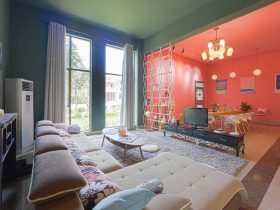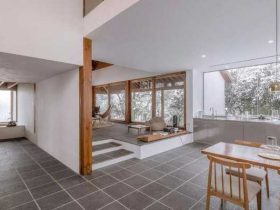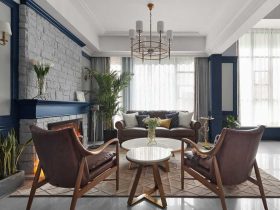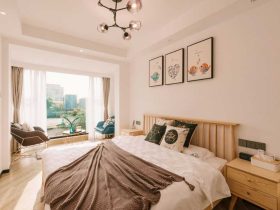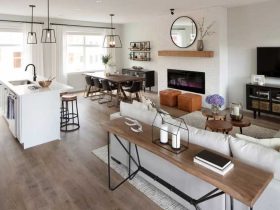Home design is a canvas upon which residents can express their individuality. The furniture, artwork, and decor should reflect the tastes and interests of those living within the space. This personalization creates a sense of belonging and comfort, transforming a house into a home.

The arrangement of personal items in a visually pleasing and organized manner is a significant part of the design process.
The design of a home can significantly impact the well-being of its occupants. Natural light, for example, has been linked to improved mood and productivity. Therefore, a well-designed home incorporates ample windows and smart placement of lighting fixtures.
Additionally, the layout and flow of a home can enhance or detract from the ease of daily living. A well-thought-out design considers factors like privacy, convenience, and accessibility.

Home design must also accommodate the changing needs of its inhabitants. As families grow or shrink, as lifestyles evolve, and as new technologies emerge, a home’s design should be adaptable. This adaptability can be achieved through flexible layouts, multipurpose spaces, and the integration of modern technologies.


